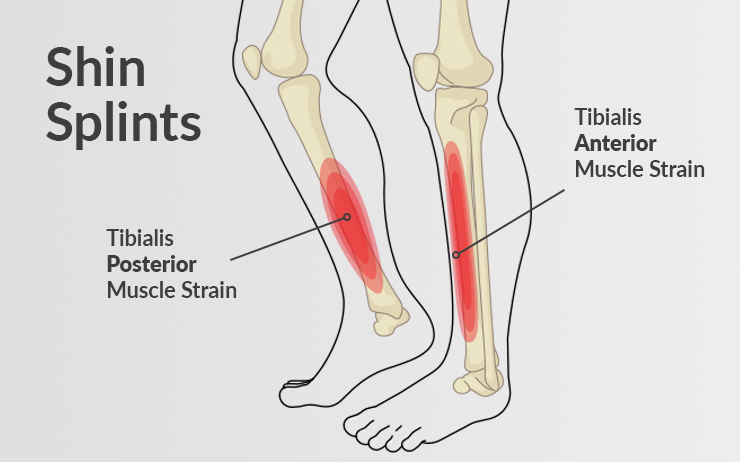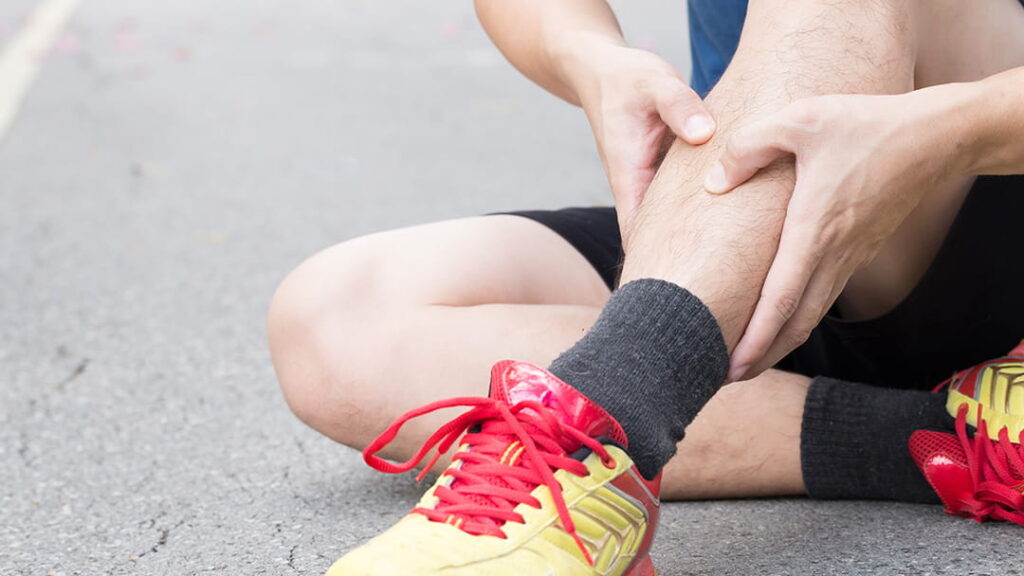Shin splints, also known as medial tibial stress syndrome, is a pain in the front of your lower leg and at times along the inside of the lower leg, next to the shin bone (tibia). It occurs when the muscle next to the tibia is overstressed. It most usually happens from high-energy exercise or from running.
Table of Contents
Toggle
Thankfully, shin splints can often be treated & prevented effectively with proper exercise programs, if seen before beginning an exercise program. Here are some simple tips that will help you to get rid of shin splints:
1. Stretch your calves and hamstrings.
Tight muscles in the leg can lead to the risk of shin splints. So don’t forget to stretch before & after running. Even just 5 minutes of self-massage after a run can make a big difference.
2. Gradually increase mileage.
Increasing mileage quickly is a common mistake among runners, and they often end up with an overuse injury. Increase your walking distance 10% each week.
3. Choose a softer running surface.
Running on hard surfaces can put a lot of pressure on your muscles, bones, and joints. This causes muscle fatigue and overuse, and ultimately, shin splints. Try to run on grass or dirt trails whenever possible — especially on longer runs.
4. Add cross-training.
Increasing your strength & building muscle can help you relieve pressure on your lower limbs. The core muscles are often weaker and not able to provide enough support when you start training. Increasing your strength and stability can help prevent strain on your shins.
5. Take time to rest.
Breaks in between running days or doing low intensity workouts allow your muscles, joints, and bones to heal, and your body recover.
6. Get the right running shoes.
Wearing the wrong shoes may aggravate your shin splints and lead to serious injury. Depending on your activity, you may need to choose shoes and replace them often. It’s always a good idea to have several pairs of good athletic shoes, and regularly rotate the pair you use. Also, make sure you replace your running shoes every 500–600 km (300 – 400 miles).
7. Maintain a healthy body weight.
Each time your foot hits the ground, it experiences a shock equivalent to 2.5 times your body weight. Increased body weight or being overweight can lead to a higher risk of shin splints.
8. Improve your running techniques.
Incorrect running form or landing techniques can cause shin splints. Avoid heel striking and toe running. The best place to land when running is the middle of your foot. Make sure you land on the center of your foot and then roll through the front of your toes.


